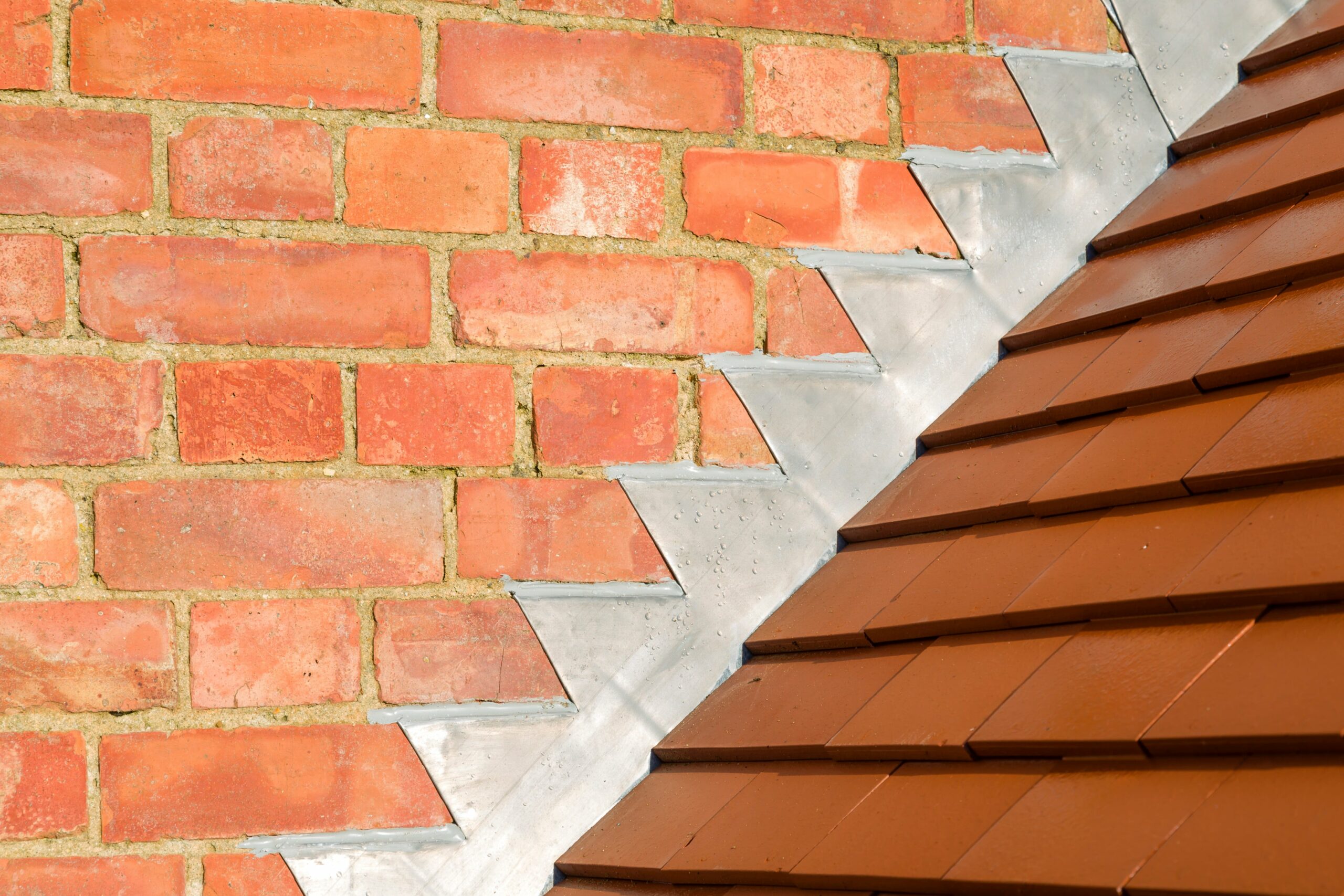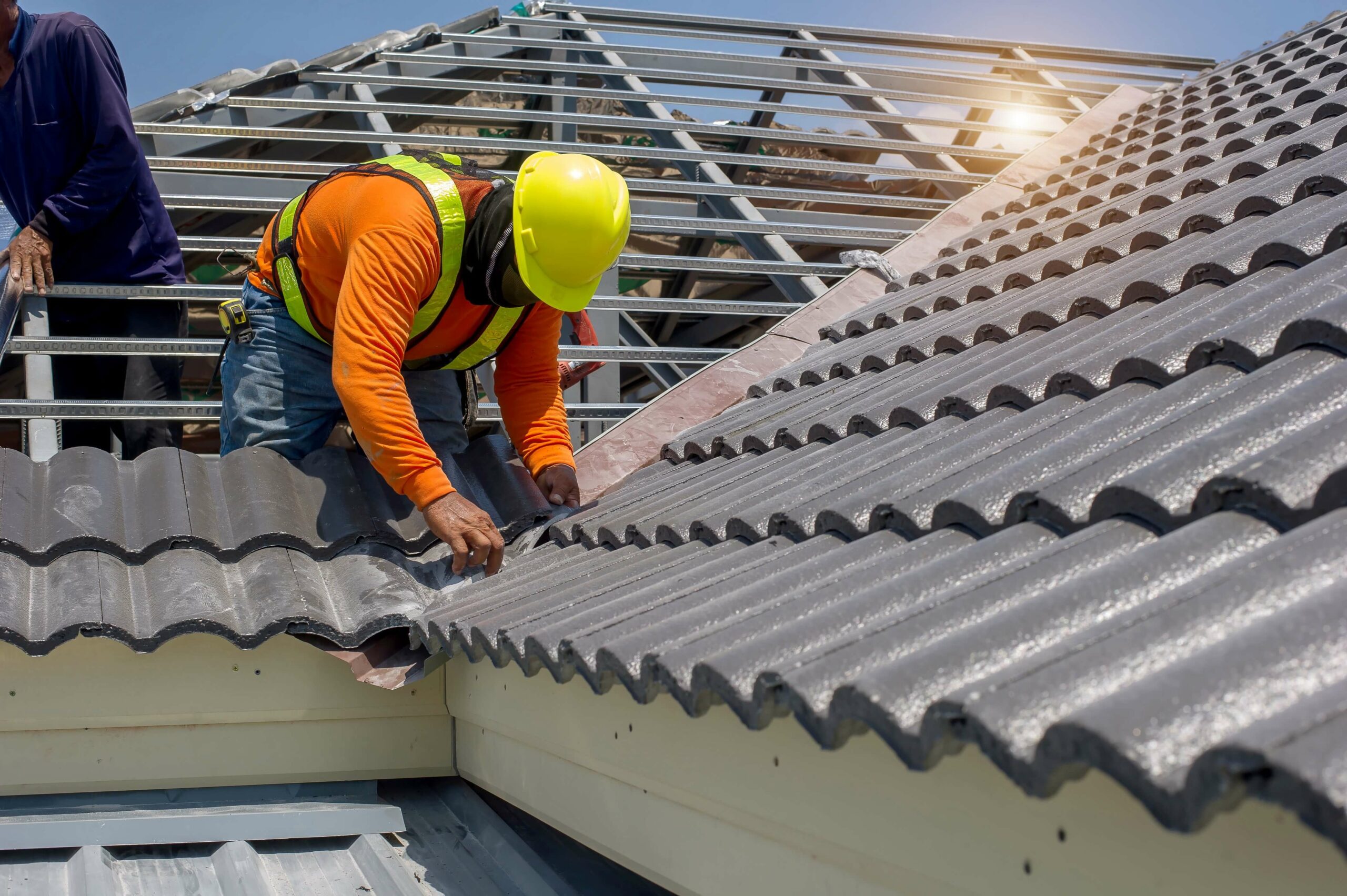What are the most common problems with pitched roofs?
A pitched roof is a roof that is compromised with a steep sloping surface that points downwards. In most cases, this slope comes in two parts with an angle from a central ridge. A pitched roof is the most common type of roof in the UK with over 93% of homes in the UK having some sort of pitched roof.
This means that if you are reading this article, you are most likely part of those 93% of people who own a property with a pitched roof. Therefore you may be interested in knowing what the most common problems occur with these pitched roofs so that you can look to prevent them, helping you to reduce the likelihood of having to spend huge amounts of money on roof repairs or even a new pitched roof completely.
Not only this but being proactive with the maintenance of your pitched roof and understanding the common problems that occur with your pitched roof in the UK can allow you to be more proactive when it comes to noticing any serious issues that could be presenting themselves. That way you can look to act fast and prevent any further damage to your home, belongings and roof thus saving you money, time and effort reducing the need for major roof repairs.
5 common pitched roofing problems
As Bristol’s original roofing company established in 1983, we have seen our fair share of problems with pitched roofs over the years. That being said these are the five issues that we have noticed that frequently occur with pitched roofs.
This means that if you own a pitched roof you should consider being aware of the five common pitched roofing problems so that you can be conscious of when they happen and how you can avoid them occurring as quickly with your own pitched roof helping you save money and stress in the process.
The five most common pitched roofing problems include:
- Broken flashing
- Pitched roofing leaks
- Moss & algae growth
- Poor installation
- Broken slates or tiles
1. Broken flashing
One of the most common problems that we often come across with pitched roofs in the UK is broken or damaged flashing. Flashing is used on the majority of roofs to prevent water from getting into the property. Flashing is mostly prominent in areas where the roof is more susceptible to water leakage such as around skylights, windows, chimneys and filtration systems. Over time this flashing can get worn away and start to deteriorate, this can also be sped up with bad weather conditions too where the flashing can become ripped.
How to avoid problems with broken flashing
In a way to try and prevent this issue from occurring or getting too serious of a problem, ensure that you regularly perform maintenance checks on your roof flashing, especially after a major storm or spell of bad weather. If you do notice that your pitched roof flashing is damaged in any way, please get in contact with a qualified roofer who will be able to easily amend the issue reducing any further risk of damage to your roof, property or belongings in your home.
2. Pitched roofing leaks
A leaking roof is a common issue that occurs across all types however the type of leak can differ for each type of roof. For example, a pitched roof will face water damage issues such as drainage problems and leaks from certain weak points on the roof. If drainage pathways are not kept clear on the pitched roof, debris can build up causing blockages meaning excess water can start to leak into your home. Heavy rain can also damage shingles and flashing making vulnerable hot spots for water leaks.
How to avoid problems with leaks
In order to avoid problems with pitched roofing leaks is ensure that you are proactive in unblocking and removing any debris or rubbish that has ended up on your roof. This can be something you can do yourself, easily unblocking gutters and removing loose objectives off the top of your roof. By getting into a habit of clearing debris off your roof, you will reduce the risk of drainage and roof leaks significantly.
3. Moss & algae growth
Living in the UK, the weather conditions typically make it the optimal conditions for moss and algae growth on top of your pitched roof. Moss and algae can become a serious issue when it comes to your roof, firstly moss has a sponge-like texture resulting in it being able to absorb and retain water. This is a problem for your roof as prolonged moisture exposure can lead to the degradation of your roof over time. Furthermore, as the moss and algae spread along your roof it can start to grow in between your roof tiles and shingles, loosening them and damaging them. This can weaken your roof and allow water to penetrate into the property itself.
How to avoid problems with moss & algae growth
Moss and algae growth is fairly easy to treat by using zinc or copper strips. All you need to do is place a 2-inch thick strip of copper across the ridge of your roof as near to the pitch as you can. This will then protect the roof from moss and algae growth.
4. Poor installation
Whether you have bought a new build or have bought a previously owned house, the quality of your pitched roof is totally dependent on the people who installed it previously. Therefore, if the roof was not installed by a qualified, trusted roofing contractor and the person who installed your roof previously cut corners and rushed the process, it can lead to major issues down the line.
How to avoid problems with poor installation
To avoid problems with poor installation, always work with a reliable and trusted roofing company that has a great reputation in your local area. If you live in Bristol, The Roofing Company Bristol is a great choice for someone who offers both high-quality pitched roof installations and repairs. We are also NRFC registered and offer a 10-year guarantee on all tiled roofs.
5. Broken slates or tiles
A broken or cracked slate or roofing tile can seem like a small issue however if not dealt with quickly or correctly can result in major issues for your roof and property. Even the smallest of cracks can allow rainwater to get inside your property and start causing major issues.
How to avoid problems with broken slates or tiles
Although roof tiles and broken slates are extremely durable, in the case that you do experience a broken one, it is worth getting in contact with a local roofing company who will be able advise you on the next best steps to take.
Conclusion
In conclusion, maintaining the longevity and functionality of your pitched roof in the UK involves not only identifying common issues but also taking proactive steps to prevent them. If you are someone seeking to safeguard your roof and home, you need to consider all the factors mentioned throughout this article and remember to act fast if you do start to notice any warning signs of potential issues with your pitched roof. If you are ever unsure about any potential pitched roof problems or currently are experiencing issues, please get in contact with a qualified roofing contractor who will be able to perform a full audit of your roof and identify any issues, getting them repaired quickly.
If you are currently experiencing pitched roofing issues within the Bristol area, here at The Roofing Company Bristol, we offer a fast and affordable pitched roof repair service and complete pitched roof replacement. Get in contact with a friendly member of the team on 0117 950 2610 and get a free estimate on your next roof repair or full roof replacement.





